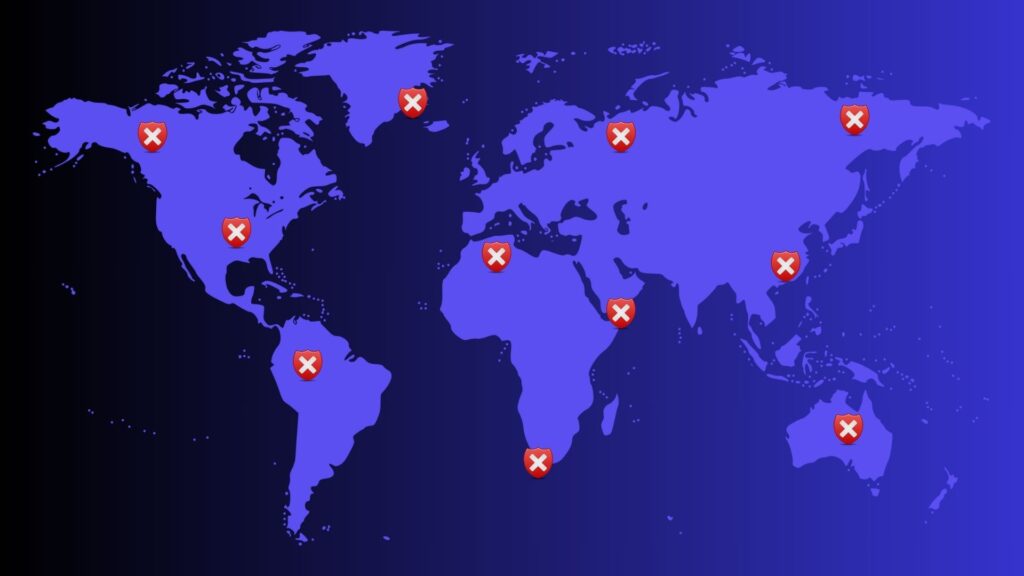Technology is all around us. So are cybercriminals, and if you don’t understand the most important cybersecurity terms, you could be their next victim in a cyberattack. Today, we’re breaking down the TOP 10 cybersecurity terms that you need to know.
1. Phishing
What it is: Phishing is when scammers send fake emails or messages pretending to be legitimate companies to steal your information. These emails or messages will often include a malicious link or attachment.
Example: The email often includes a sense of urgency like “Your account has been compromised! Click here to verify your password”. Don’t click. It’s a trap. And don’t forget about attachments – if you’re unsure, don’t download.
2. 2FA or MFA
What it is: 2FA (two-factor authentication) or MFA (multifactor authentication) adds a double layer of security that requires a password AND a code from your phone or email.
Example: You login to your account using your password, then check your authenticator app for a code to enter to confirm your login.
3. Malware
What it is: Malware is malicious software specifically designed to cause damage like steal your data or spy on you.
Example: Viruses, worms, trojans are types of malware that are intended to infect your computer and steal your information. They are often installed when you download apps from unofficial app stores or dodgy websites (from clicking links in emails too).
4. Ransomware
What it is: Ransomware is when a hacker locks all your computer files and demands money to give them back.
Example: Your files suddenly start disappearing or the file type changes, and you can no longer open it. Then you receive the note… DON’T pay!
5. Social engineering
What it is: Instead of hacking computers, hackers use social engineering to hack people by tricking them into giving up personal information.
Example: You receive a fake tech support call telling you that they need your credentials to remove a virus from your computer. Don’t share your credentials with anyone, EVER!
6. VPN
What it is: A VPN, or virtual private network, hides your real location and encrypts your internet traffic so that no one can see your information.
Example: A VPN will hide sensitive information, like your credentials, if you’re on public Wi-Fi which prevents hackers from spying on you.
7. Encryption
What it is: Encryption is a technique that scrambles your data into an unreadable format.
Example: Apps like WhatsApp use end-to-end encryption so that only you and the receiver can see the messages in your chat – it would be gibberish to anyone else.
8. Zero-day vulnerability
What it is: A newly discovered software bug that is being used by hackers BEFORE a fix is available.
Example: Those urgent notifications you get on your phone or laptop to install an update yesterday. That’s usually when the company has fixed the bug. Don’t delay, update immediately!
9. Botnet
What it is: A network of computers (including yours) that is controlled by a hacker to launch huge attacks!
Example: Hackers can infect thousands of devices and use them to crash websites – also know as a DDoS attack.
10. Firewall
What it is: A firewall is a digital shield (wall) blocking hackers from accessing your network.
Example: A website can allow certain traffic and block others based on their location or suspicious behaviour. Think of someone trying to log in from a blocked country.
Bonus! Antivirus or EDR
What it is: An antivirus or EDR (Endpoint Detection and Response) solution scans your device and blocks any weird activity that doesn’t belong there.
Example: Your device shows a notification that a dodgy file has been removed – keeping you safe!
Last thoughts
If you’ve made it this far, you’re already on your way to being safe online. Share these cybersecurity terms with your friends and family to keep them safe too. Be secure!



